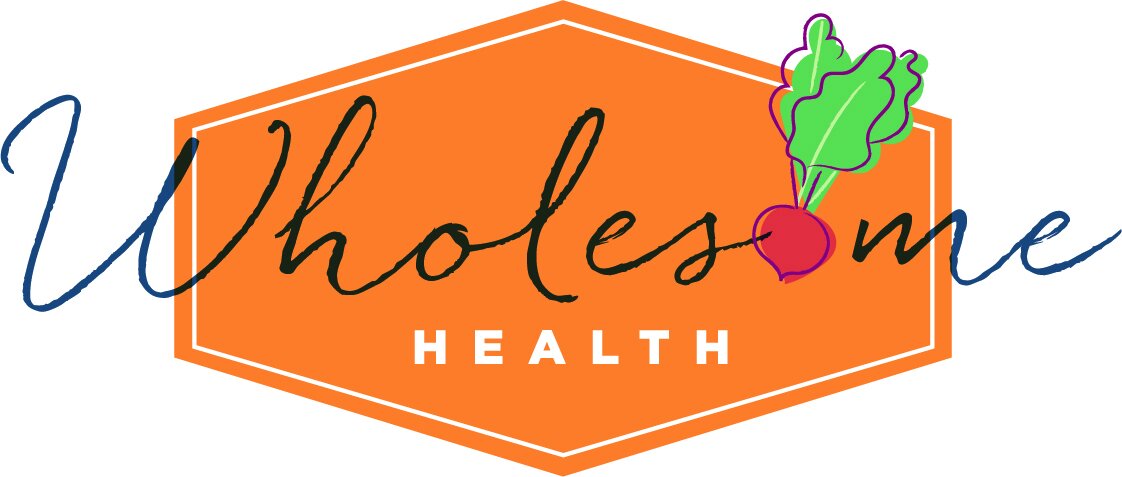National Nutrition Month: Beyond the Table
It’s March and that means it’s National Nutrition Month! This year’s theme is “Beyond the Table” and focuses on the farm-to-fork aspect of nutrition. Today’s post will explore how our food choices impact overall health and the environment and provide tips on healthy eating routines, learning about where your food comes from, and reducing food waste.
Focus on a healthy eating routine
You don’t have to eat healthy all the time, but learning how to make good choices can be beneficial for you, your family, and the environment in the long run. Think about the foods that you eat at home or when you’re away from home. It may be easier to just order takeout or choose a frozen or prepared meal when grocery shopping, but a little more planning and preparation can make a big difference.
Try spending a little time each week planning out what you’d like to eat. Use up foods you already have in your pantry, fridge, or freezer and make a grocery list. Look at nutrition labels to choose foods that contain fewer ingredients and are less processed. Less processed foods tend to be healthier and more filling when they contain fiber, protein, and healthy fats.
Learn what’s involved in growing your food
Purchasing local foods can save you money and they can be more nutritious. Foods that are shipped from across the country or internationally may lose some of their nutrients because of the travel time. Shopping at farmers markets or grocery stores that offer local produce is a way to maximize the nutrition you are getting from your food. Shopping for local foods is also better for the environment because your food isn’t having to travel to get to you.
If you have the space, you can try growing your own vegetables, fruits, and herbs at home. Some produce can even be grown indoors if you are short on space outside or don’t have a yard.
Community Supported Agriculture (CSA) is another option. CSAs provide farm shares that allow you to pick up seasonal produce straight from farms; some will even deliver to your home. They’re also a great way to try something new that is local and in season!
Reduce food waste
Over $444 billion worth of food is thrown away each year, which is the equivalent of 149 billion meals. Reducing food waste can help the environment and save you money. Just a few of the many ways that you can reduce food waste are:
Order smaller portions when eating out, share a meal, or take your leftovers home (bring your own container!)
Make a grocery list so you don’t buy more than you can eat before a product spoils
Make meals from the foods you already have in your fridge, freezer, or pantry
Store the oldest items at the front of the fridge rather then shoving them to the back when you’ve purchased new items
Eat leftovers before they go bad or stick them in the freezer if you know you won’t be able to eat them within the next few days
Consider composting food scraps
Focusing on healthy eating, learning about what’s involved in growing food, and reducing food waste are all ways that we can improve our health and reduce our environmental impact. Try making these changes for National Nutrition Month, but if it seems daunting, then start with something small and build on that as you feel comfortable. Small changes can really add up over time!


